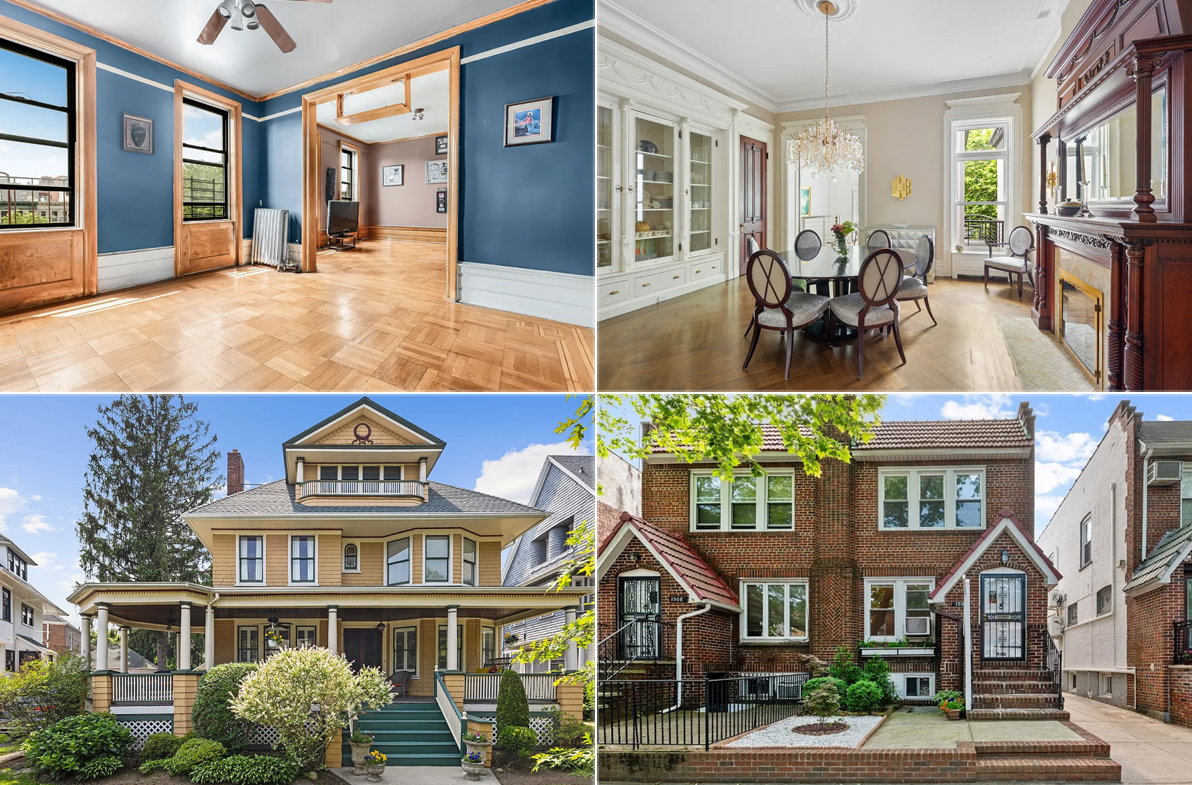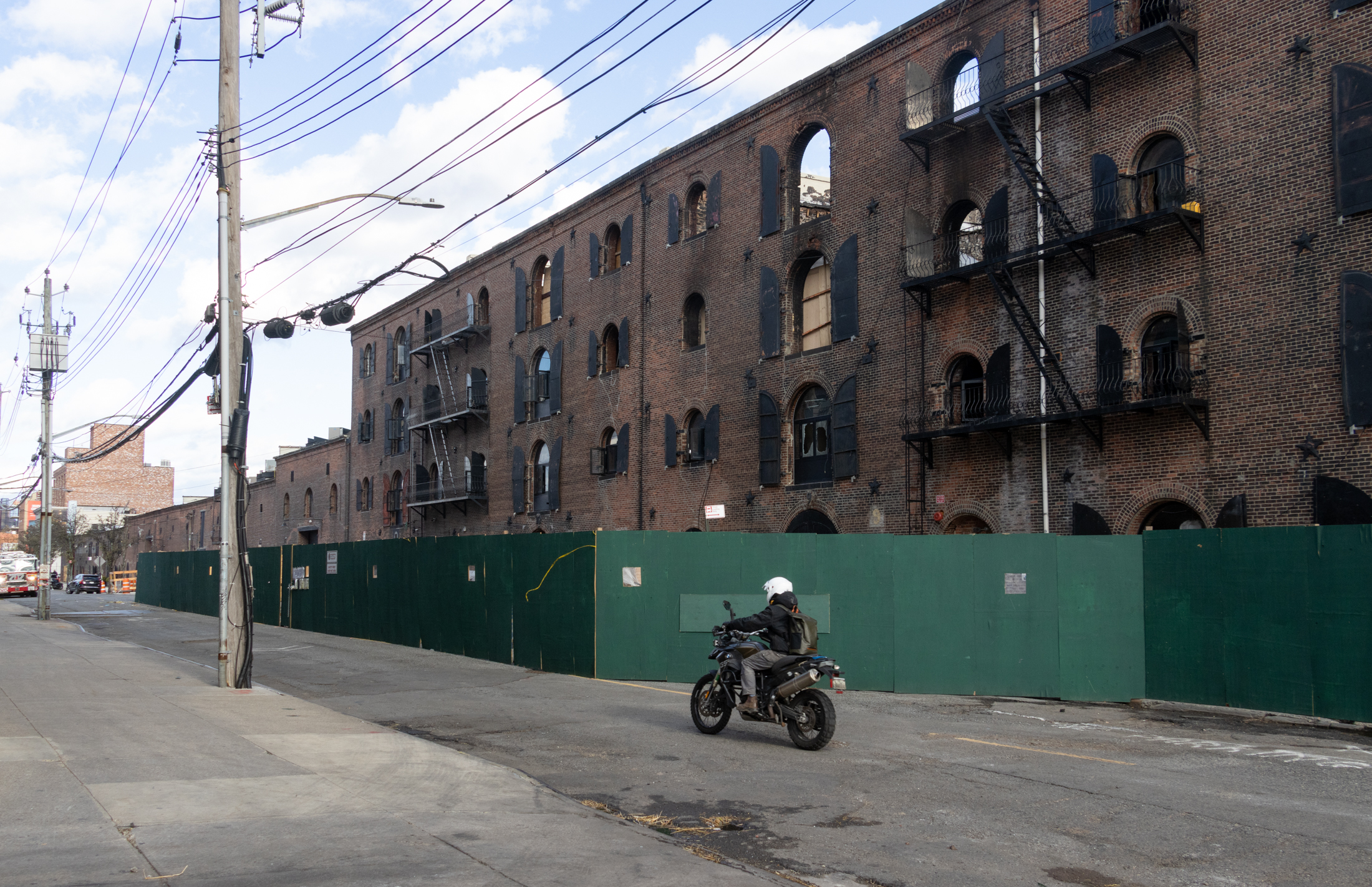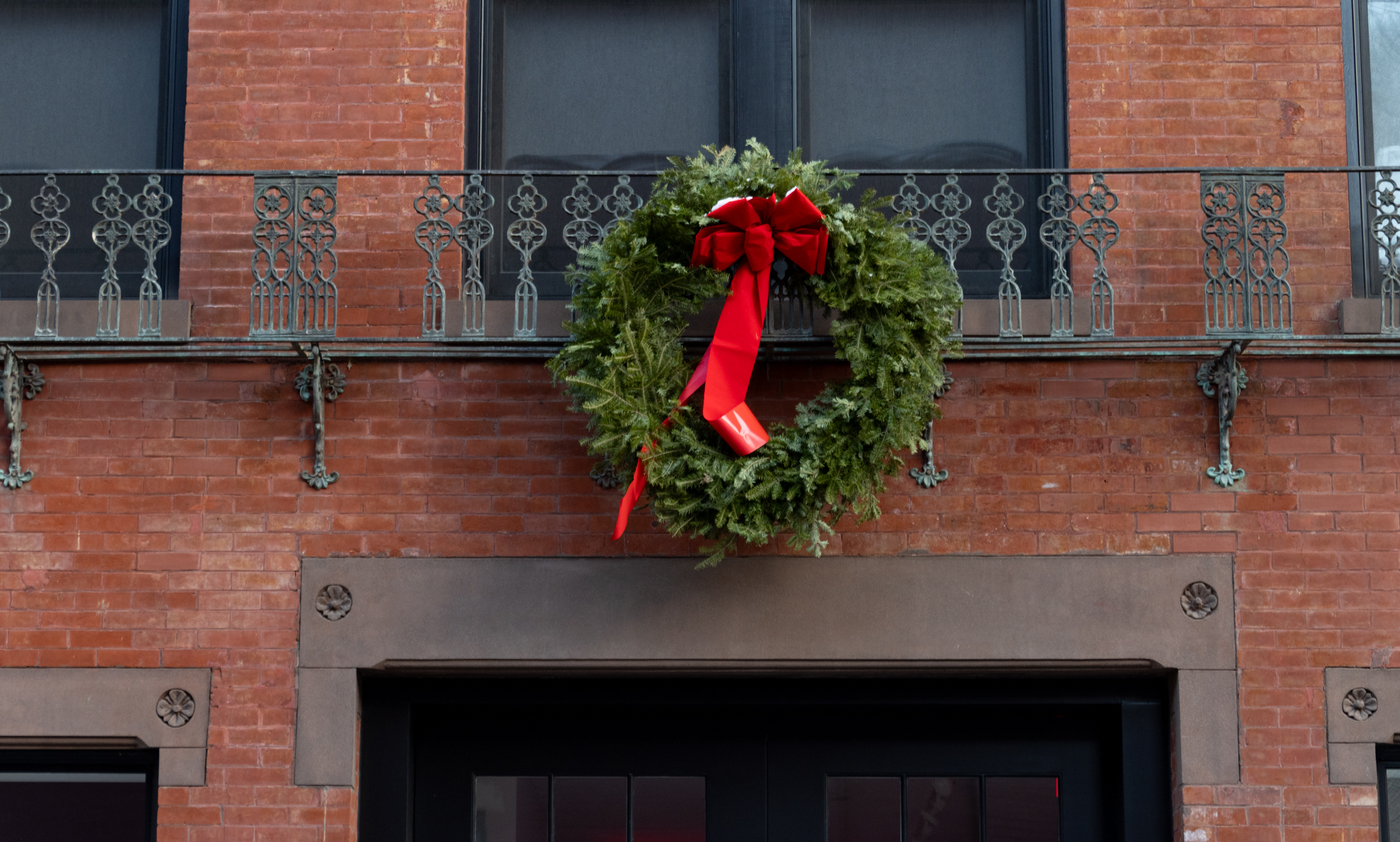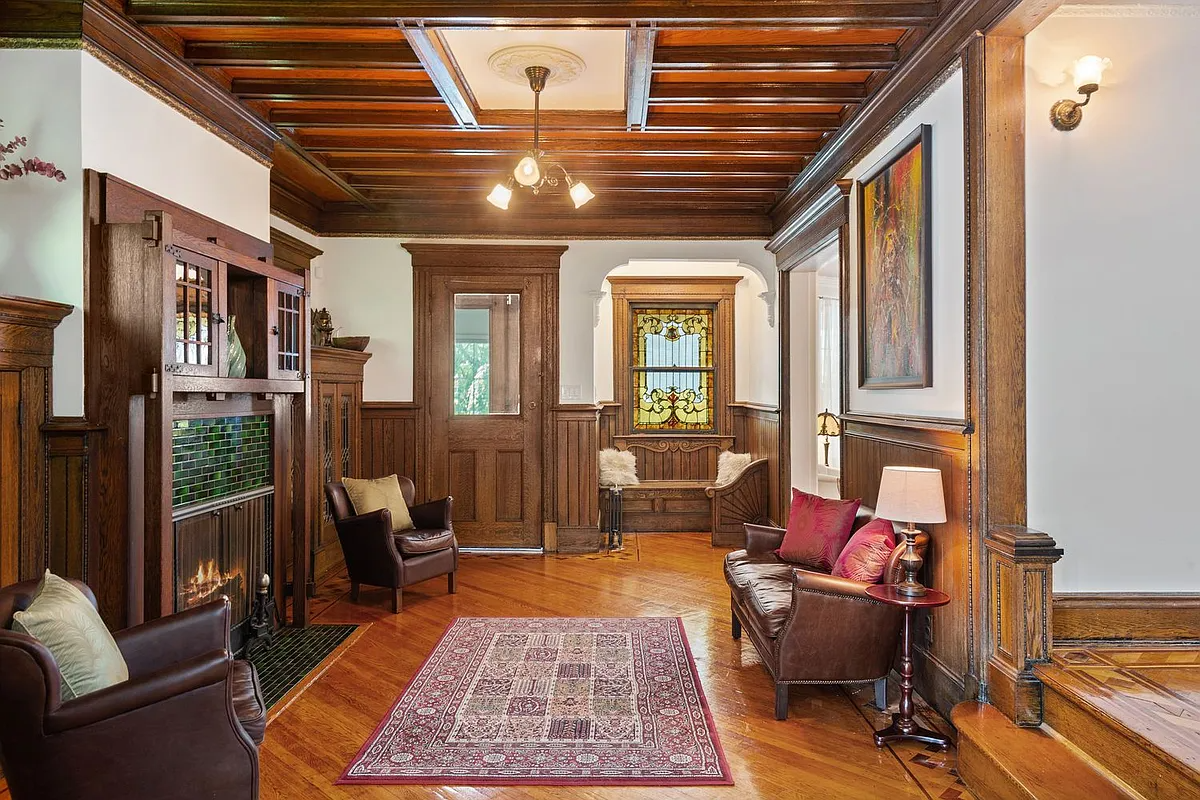Walkabout with Montrose: A Mighty Fortress, Part 1
Read Part 2 and Part 3 of this story. There are castles in Brooklyn, fortresses, really, which take up entire square blocks. Their towers and crenellated rooflines imitate the medieval European structures they are based on, and coming upon one, unawares, is a shock and a delight to anyone who loved forts and castles as…


Read Part 2 and Part 3 of this story.
There are castles in Brooklyn, fortresses, really, which take up entire square blocks. Their towers and crenellated rooflines imitate the medieval European structures they are based on, and coming upon one, unawares, is a shock and a delight to anyone who loved forts and castles as a child.
There are six enormous armories still standing in brownstone Brooklyn, as well as several smaller ones. Descended from the NY state militias of the colonial and post-Revolutionary War, the regiments and battalions of New York City’s Guard saw action in the Civil War, and were called out for domestic peacekeeping during the draft riots of 1877 and later railroad strikes, as well as for exemplary military service, through the Spanish American War, World War I, World War II, and they continue to serve today.
Following the Civil War, armories were set up throughout the city to provide indoor space to drill and train troops, store heavy weaponry and supplies, and maintain office space and amenities to officers and enlisted men.

In 1880, Manhattan’s elite 7th Regiment completed its impressive new armory on Park Ave and 67th St, which boasts an ornate and magnificent officer’s quarters designed by no less than Louis Comfort Tiffany. (If you can ever get in there to see it, it’s jaw droppingly awesome.) After getting a glimpse of such riches, every regiment in the city petitioned the state for funds to build their own new armory.
Like sports stadia today, armories were considered by many late 19th century critics to be political pork spending, and like any tax funded spending project, these massive complexes had their admirers and their detractors. The New York Times, in 1892, called the armory appropriations a species of bunko steering.
The three new armories, built around the same time in the early 1890’s, for the 13th Regiment in Bedford Stuyvesant, the 14th Regiment, in Park Slope, and the 23rd Regiment in Crown Heights, all ended up costing twice as much as budgeted.
The 13th Regiment Armory was cited by critics for not including the pricing of sidewalks and gates into its budget, and spending the money on the interior furnishings instead, leaving the city to make up the difference. Some things never change.

In spite of such shenanigans, armories were very popular with the people. In addition to providing civil defense, these enormous spaces became integral parts of their communities.
Their large indoor drilling fields soon hosted high school, college, and community club sporting events and festivals, trade shows and exhibitions, and their large officer’s banquet rooms and libraries hosted lectures, concerts and balls.
One prominent member of the 23rd Regiment Veteran’s Association was Montrose W. Morris. The 23rd Regiment Armory at Bedford and Atlantic, in Crown Heights, and the 14th Regiment Armory on 8th Ave and 14th St. in Park Slope, were among the most socially active.
The Brooklyn Eagle notes many a fancy dress ball at these locations, and the officers were said to be fine catches for eligible young ladies of gentle breeding. By the first decades of the 20th century, Brooklyn’s’ finest armories were all looking at the prime times of their existence. Soon World War I would call their officers and soldiers to the ultimate sacrifice.
Next week: The architecture of Brooklyn’s great fortresses: the 3rd Battery Armory, Fort Greene, the 47th Regiment Armory, Williamsburg, the 13th Regiment Armory, Bedford Stuyvesant, the 14th Regiment Armory, Park Slope, the 23rd Regiment Armory, Crown Heights North, and Troop C Armory, Crown Heights South.
Photos above: 1) 3rd Battery (Clermont) Armory in Fort Greene, 1996 – before condo conversion. Photo: armoryliving.com, 2) 23 Regiment (Bedford) Armory, 1909,in Crown Heights North 3) 47th Regiment Armory 1908, in Williamsburg, 4) 14th Regiment Armory, 1908, in Park Slope, 5) 13th Regiment (Sumner) Armory, 2009, Bed Stuy. Troop C Armory in Crown Heights South, and other historic photographs and drawings at the Flickr link.





I learn something new every time you post.
So My husband claims that all the armories are connected to one another through secret tunnels underneath
anyone heard such a thing?
Great post again MM – I love armories as well
DavidA, I agree that that was definitely ONE of the reasons for armories, I came across some disparaging remarks regarding the lower classes and the use of the National Guard in my research.
However, since all of the armories in Brownstone Brooklyn are in what was then upper middle class neighborhoods, I think the politicians, military, and the people themselves were equally concerned with the prestige and perks of having these enormous structures in their communities. If they were only jumped up police barracks, they wouldn’t have taken such care to make them the impressive edifices they are, even today. From the time they were finished, these armories were as much community sports and social centers as military bases. In fact, very few enlisted men actually lived there, they were not barracks, per se.
I love this stuff….
Another great article on another subject I knew very little about.
Great stuff!
Nice article. You make passing reference to the role of the Armories in “domestic peacekeeping”. However, according to the Encyclopedia of New York City, domestic peacekeeping was the *main* reason they were built:
“A great number of armories were built by the nineteenth century, largely in response to events that took place in New York City after the Civil War and to the fears of social unrest that they provoked among the middle and upper classes; these included increasing numbers of foreign immigrants (many of them unskilled laborers from eastern and southern Europe…”
In short, the armories were a kind of “Homeland Security Act” of the 19th c., aimed directly at immigrants and workers, who were susceptible to such foreign and dangerous ideas as socialism and anarchism. Armories were a form of state intimidation and control, and WE were the target.
You could do a really cool book just on the armories, their stories, etc.!!!
Wow- these places are amazing. Someday you have to do an article on the armories of the Bronx, too.